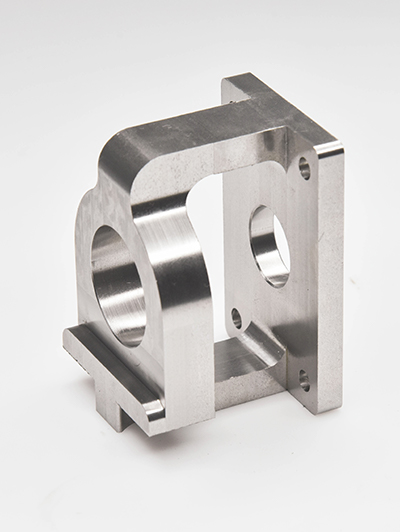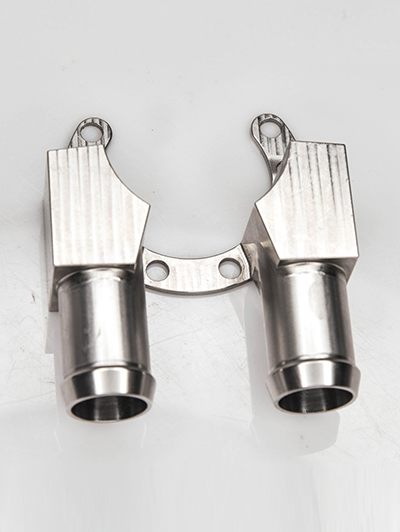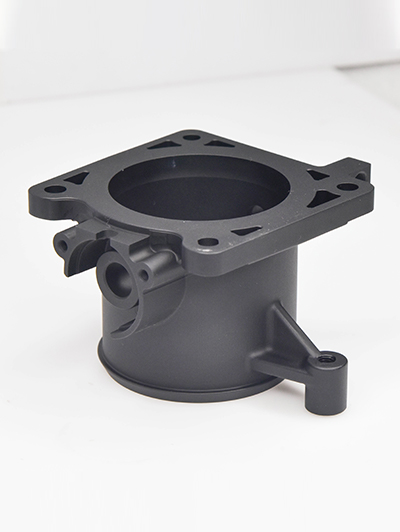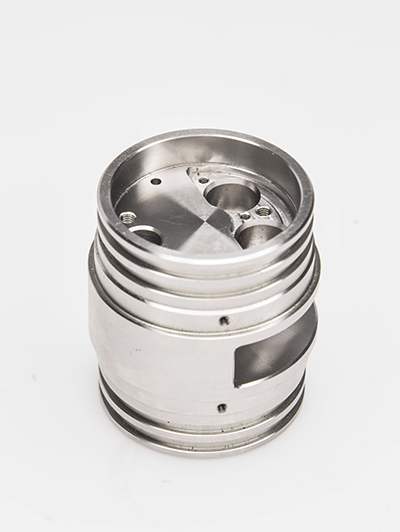Information
5G RF Connectors | Gold-Plated Micro-Hole Machining (Bore ≤20μm)_ 40% Lower Signal Loss
5G RF Connectors | Gold-Plated Micro-Hole Machining (Bore ≤20μm): 40% Lower Signal Loss
In today’s rapidly evolving technological landscape, reliable and efficient connectivity is crucial for the success of numerous industries, especially with the advent of 5G networks. As the demand for faster data speeds and greater bandwidth increases, 5G RF connectors have become indispensable components in the transmission of high-frequency signals. Among the key innovations in this area is the process of gold-plated micro-hole machining, which plays a pivotal role in ensuring lower signal loss and optimal performance.
What are 5G RF Connectors?
5G RF connectors are essential components used in the construction of high-performance communication systems. These connectors are responsible for facilitating the transfer of radio-frequency (RF) signals between different devices and systems. The advent of 5G technology has brought about a significant surge in the demand for advanced RF connectors, as they must handle higher frequencies and offer lower signal attenuation to ensure seamless communication.
These connectors must be engineered to minimize interference, signal loss, and maximize signal integrity—critical factors in maintaining the stability and performance of 5G systems.
The Importance of Gold-Plated Micro-Hole Machining
One of the most advanced manufacturing techniques used for producing high-performance 5G RF connectors is gold-plated micro-hole machining. This process involves drilling ultra-precise micro-holes with diameters as small as 20μm and plating these holes with a thin layer of gold.
The key benefits of gold-plated micro-hole machining include:
Superior Conductivity: Gold is an excellent conductor of electricity, ensuring efficient signal transmission with minimal resistance. The gold plating on the connector’s micro-holes ensures stable electrical performance over a long period, especially in high-frequency applications such as 5G networks.
Corrosion Resistance: Gold is highly resistant to oxidation and corrosion, making it an ideal choice for components that need to maintain their performance even in harsh environments. This property ensures that 5G RF connectors can withstand long-term exposure to external elements without degradation in their electrical properties.
Reduced Signal Loss: One of the most significant advantages of gold-plated micro-hole machining is the reduction in signal loss. The process achieves up to a 40% reduction in signal loss, which is crucial in maintaining the efficiency of 5G communication systems. By minimizing signal degradation, these connectors ensure clearer, faster, and more reliable data transfer.
How Gold-Plated Micro-Hole Machining Works
The process of gold-plated micro-hole machining begins with the precision drilling of micro-holes within the RF connector. These holes are typically drilled using advanced CNC machining techniques, allowing for extremely tight tolerances and the ability to create holes as small as 20μm in diameter.
Once the holes are drilled, a layer of gold is applied using electroplating. This gold layer not only enhances the conductivity of the connectors but also ensures that the connectors remain durable and resistant to wear and tear over time. The plating process ensures an even and consistent gold coating, providing a uniform surface that minimizes signal loss.
Industries Benefiting from 5G RF Connectors
The use of gold-plated micro-hole machining for 5G RF connectors benefits a wide range of industries, especially those reliant on advanced communication systems. Some of the key sectors include:
Telecommunications: With the global rollout of 5G networks, telecom companies require connectors that ensure seamless data transfer and low signal attenuation. Gold-plated RF connectors meet these demands, offering reliability and efficiency for 5G infrastructure.
Automotive: The automotive industry is increasingly relying on advanced communication systems for autonomous vehicles, in-car entertainment, and connected devices. Gold-plated RF connectors are essential for maintaining stable communication between components.
Medical Equipment: In medical devices, precision and reliability are critical. Gold-plated RF connectors help maintain consistent signal transmission for devices like MRI machines, diagnostic tools, and surgical robots.
Consumer Electronics: From smartphones and tablets to audio devices and wearables, consumer electronics rely heavily on 5G connectivity for fast data transfer and seamless performance. Gold-plated RF connectors play a crucial role in ensuring that these devices operate at their best.
Why Choose Our 5G RF Connectors?
At our company, we specialize in the precision manufacturing of high-quality 5G RF connectors, using state-of-the-art CNC machining and gold-plated micro-hole technology. We focus on providing low-loss, highly reliable components that meet the stringent demands of the rapidly growing 5G sector.
By utilizing gold plating for enhanced conductivity and durability, our connectors help ensure your systems experience up to a 40% reduction in signal loss, improving overall performance and reliability. Whether you're developing 5G infrastructure, designing cutting-edge electronics, or working in the telecommunications or automotive sector, our connectors offer the performance you need.
Conclusion
As 5G technology continues to revolutionize industries worldwide, the importance of reliable and efficient RF connectors cannot be overstated. With gold-plated micro-hole machining, these connectors achieve superior signal integrity and reduced loss, making them essential for high-performance communication systems. By investing in high-quality connectors, businesses can ensure their systems operate at peak performance, paving the way for the future of connectivity.
For more information about our 5G RF connectors and how our precision machining can help elevate your products, contact us today. Experience the future of connectivity with connectors that provide lower signal loss, better conductivity, and long-lasting performance.
Enhancing Efficiency in Aerospace Technologies
1. Implementing advanced automation and robotics: By utilizing automated systems and robotics in aerospace technologies, tasks can be performed more quickly and accurately, leading to increased efficiency. This includes automated systems for manufacturing, inspection, maintenance, and handling of materials.2. Adopting digital twin technology: Digital twin technology allows for real-time monitoring and simul...
Cutting-edge Machining of Unique Materials
Advancements in technology have allowed for the cutting-edge machining of unique materials that were previously difficult to work with. This has opened up new possibilities for manufacturing industries, allowing for the production of components and products that were once thought to be impossible.One such material that has benefited from cutting-edge machining techniques is carbon fiber. Carbon fiber is a l...
Enhancing Efficiency in Aerospace Technologies
1. Implementing advanced automation and robotics: By utilizing automated systems and robotics in aerospace technologies, tasks can be performed more quickly and accurately, leading to increased efficiency. This includes automated systems for manufacturing, inspection, maintenance, and handling of materials.2. Adopting digital twin technology: Digital twin technology allows for real-time monitoring and simul...
Cutting-edge Machining of Unique Materials
Advancements in technology have allowed for the cutting-edge machining of unique materials that were previously difficult to work with. This has opened up new possibilities for manufacturing industries, allowing for the production of components and products that were once thought to be impossible.One such material that has benefited from cutting-edge machining techniques is carbon fiber. Carbon fiber is a l...
Shape accuracy detection
In addition to dimensional accuracy, the shape accuracy of the parts cannot be ignored. Detect shape errors such as roundness, cylindricity, and flatness of parts using equipment such as roundness meters and contour meters. For example, when processing high-precision bearing rings, the accuracy of roundness and cylindricity directly affects the rotational accuracy and service life of the bearing.
Dimensional accuracy testing
Using advanced measuring tools and techniques, such as coordinate measuring instruments, optical imagers, etc., to accurately measure the dimensions of parts. For precision parts, dimensional tolerances are usually controlled at the micrometer level, so high-precision measuring equipment is required to ensure the accuracy of the test results. For example, when processing precision molds for mobile phone chi...
- +86 13603025252
-

WhatsApp
- info@jiujucnc.com





